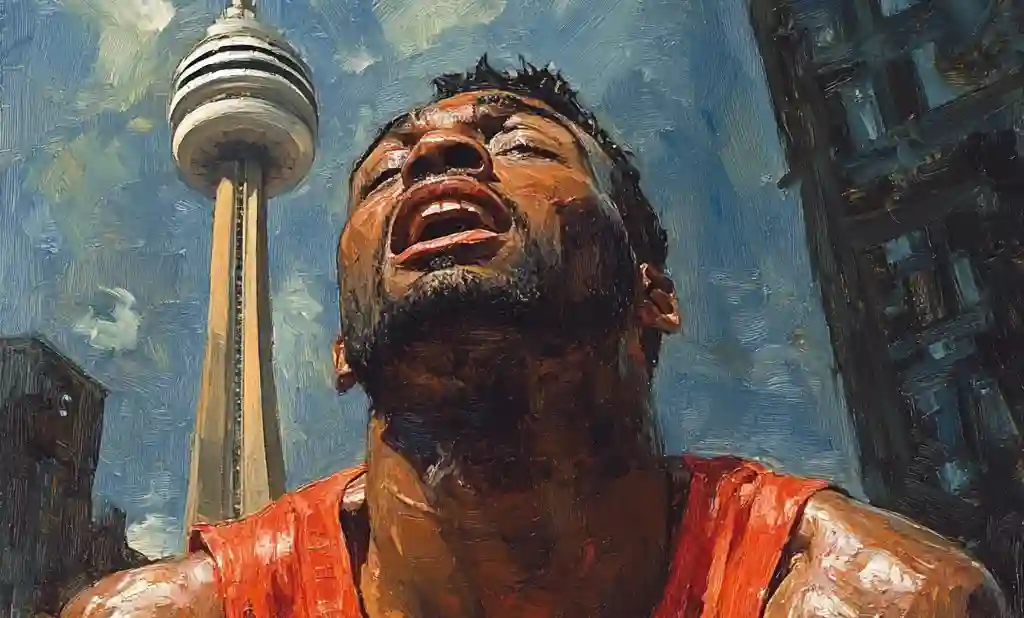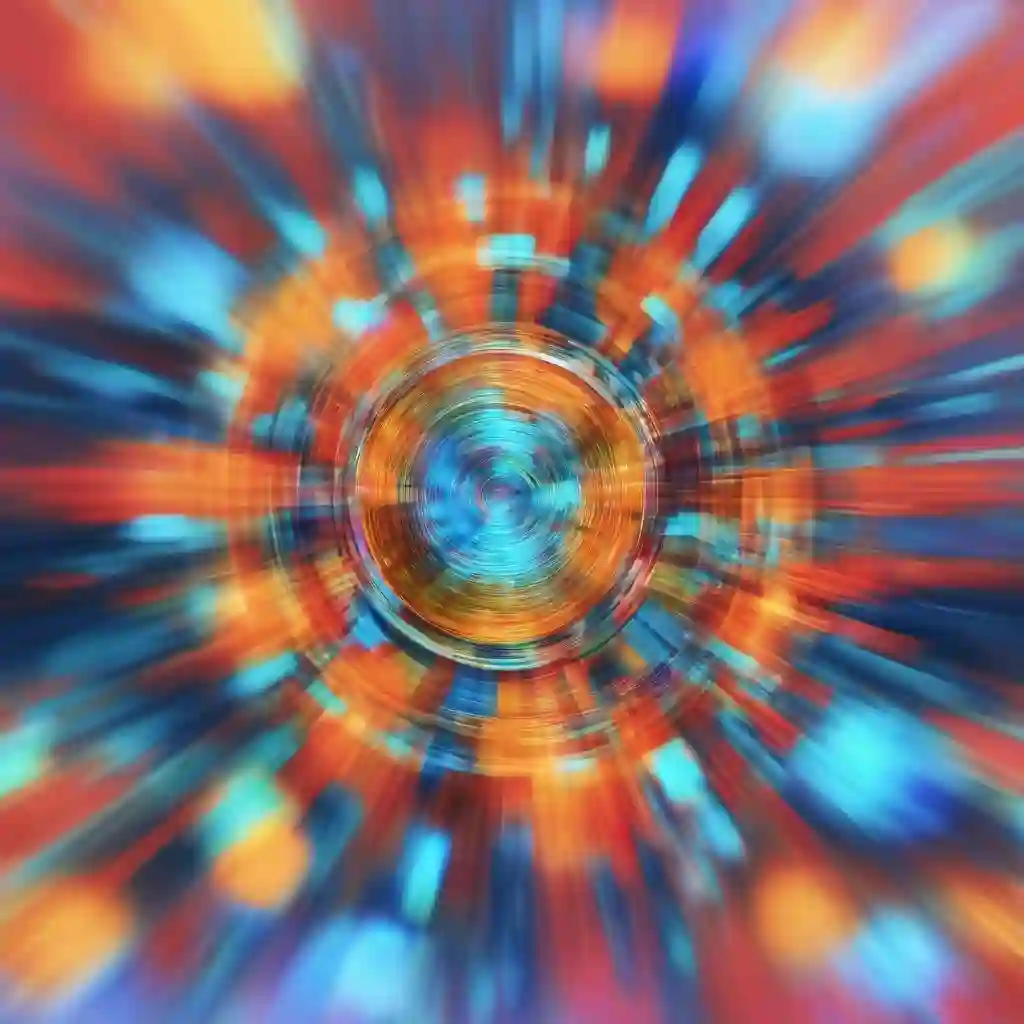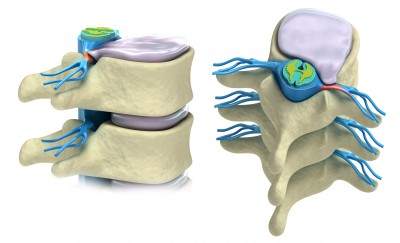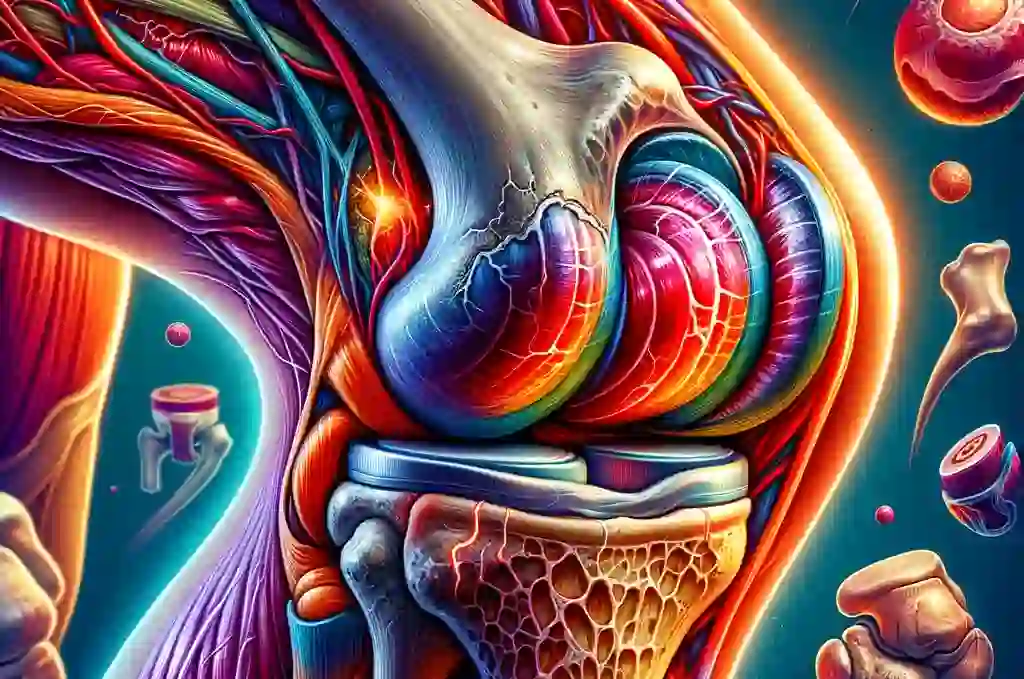Exploring Herniated Disc Surgery: Understanding Disc Herniation
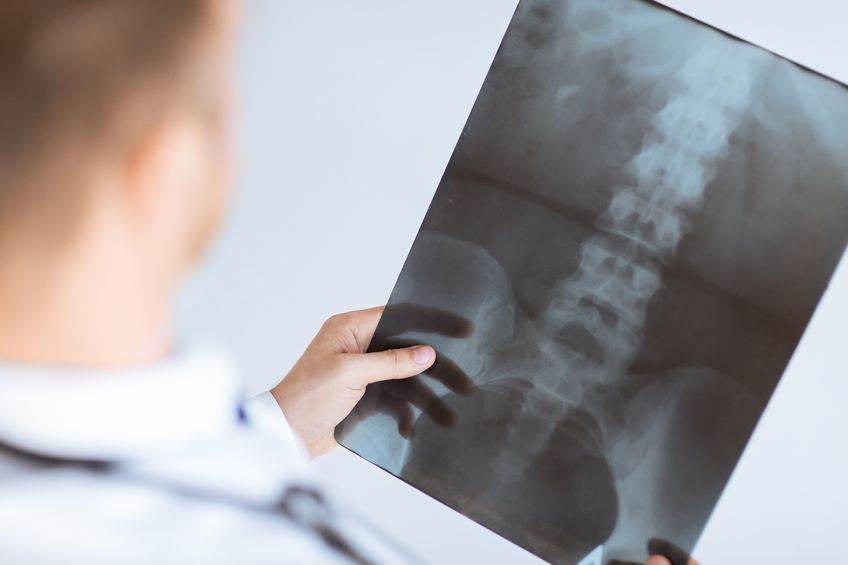
Considering Herniated Disc Surgery?
If you’re contemplating herniated disc surgery for your lower back, it’s crucial to arm yourself with all the necessary information. Many individuals rush into decisions about low back disc surgery without fully understanding the complexities involved.
Why Do Some Low Back Herniated Disc Surgeries Fail?
A common misconception is attributing all lower back pain to visible bulging discs on MRI scans. This assumption is widespread among medical professionals, including doctors, chiropractors, and radiologists. However, identifying the true cause of lower back pain is more complex than just diagnosing a bulging disc on an MRI.
The Misunderstanding of MRI Findings: Herniated Disc Surgery
The reliance on MRI results to pinpoint the source of lower back pain can lead to misdiagnoses. While a bulging disc might seem like the obvious culprit, it’s not always the root cause of discomfort. This misunderstanding can result in unnecessary or unsuccessful surgeries.
Key Insights:
- Informed Decision-Making: Before considering surgery, it’s essential to explore all underlying factors of lower back pain.
- Beyond the Bulge: Understand that not all back pain originates from disc issues visible on an MRI.
- Seek Comprehensive Evaluation: Consult with healthcare providers who take a holistic approach to diagnose and treat lower back pain.
Making an Informed Decision:
Making an informed decision about herniated disc surgery for your lower back requires understanding the complexities behind disc herniation and its diagnosis. It’s important to consider that a bulging disc on an MRI does not automatically equate to the source of lower back pain. By seeking thorough evaluations and considering all potential causes, patients can avoid the pitfalls of unnecessary surgeries and move towards more effective treatment options.
An MRI stands for Magnetic Resonance Imaging. The problem with MRIs is that almost no single person has a completely normal MRI. “It is very rare for an MRI to come back with the words “normal study,“ said Dr. Christopher DiGiovanni, a professor of orthopaedics and a sports medicine specialist at Brown University. “I can’t tell you the last time I’ve seen it.”
So if your doctor or chiropractor tells you, you have a disc bulge based on an MRI you need to think.
- Did my doctor do a thorough examination?
- Did my doctor do a neurological examination including reflexes, light touch and muscle testing?
- Did your doctor have a diagnosis in mind before sending you for an MRI? ie Did your doctor tell you what your pain is caused by, before sending you off for an MRI?
Not all disc herniations cause pain!
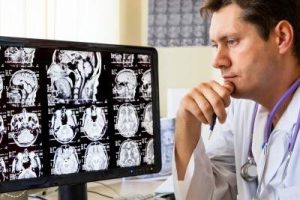
Disc herniations occur in stages
- Disc Bulge
- Disc Protrusion
- Disc Herniations / Extrusion
- Disc Sequestration
Here are three good studies that prove that what you see on MRI is not always proof that your lower back pain is from disc herniation.
See Also: Disc Herniation Treatments Part 1
#1 MRI imaging of the lumbar spine in people without back pain: Herniated Disc Surgery
New England Journal of Medicine – 1994; 331:369-373 [1].
- This well-designed study examined 98 people with no pain or symptoms.
- 52% had a disc bulge on MRI.
- 27% had a disc protrusion.
- 1% had a disc extrusion.
- Total: 80% had a disc bulge, protrusion or extrusion
- Does this mean you need herniated disc surgery?
#2 MRI of the lumbar spine: Disc extrusion and sequestration, in Asymptomatic Volunteers.
Radiology – 1998; 209:661-666 [2].
- 60 people with no low back problems with an average age of 35 years were examined by MRI.
- 24% had a disc bulge.
- 40% had a disc protrusion.
- 18% had a disc extrusion.
- Total: 82 % had a disc bulge, protrusion or extrusion.
- Does this mean you need herniated disc surgery?
#3 The diagnostic accuracy of MRI, work perception, and psychosocial factors in identifying asymptomatic disc herniations.
Spine – 1995; 20:2613-2625 [3].
- 46 “high-risk” people with jobs that increase the risk of disk herniation with frequent bending, twisting and heavy lifting were tested with an MRI.
- All 46 had no low back problems.
- 76% of these “high-risk” people had at least one disc protrusion or extrusion.
- Does this mean you need herniated disc surgery?
The takeaway here is that your doctor may diagnose your problem incorrectly saying that your lower back pain is due to your disc herniation when it may not be the case. Just because you can see a disc on MRI doesn’t mean it is causing you pain. The results must correspond with the history and clinical examination.
See Also: Is an MRI, CT or X-ray Best For My Pain?
Doctors, physiotherapists and chiropractors are increasingly relying on technology instead of taking a good history and a proper neurological, and physical examination.
Tell us what you think in the comments below and like us on Facebook. This Toronto Downtown Chiropractor will answer all questions in the comments section.



